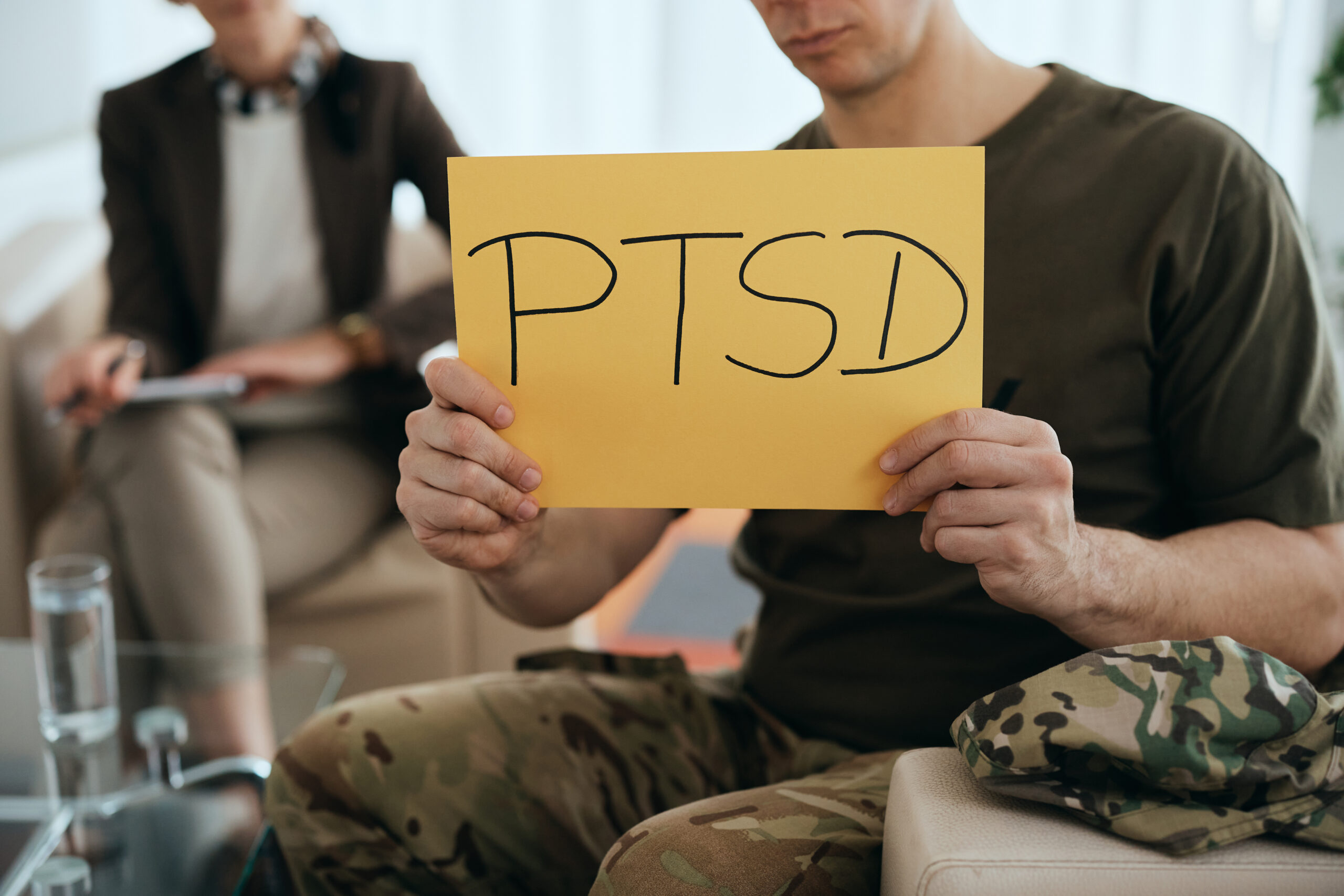If you are experiencing post-traumatic stress disorder (PTSD), you might feel uneasy about certain memories…

Trauma and the Freeze Response
Have you ever been so paralyzed by fear that you simply dissociated from it all?
Nearly everyone knows about the fight or flight response, where you react to a threat to your survival. However, there’s also the lesser-known fight-flight-freeze response. This adds an important layer to how you might respond when faced with a situation that exceeds your ability to handle it, causing you to feel paralyzed by fear.
Here is a brief explanation of how the survival-focused acute stress response functions. When faced with a perceived threat that you believe you can overcome, you enter fight mode. In these situations, hormones like adrenaline, released by your sympathetic nervous system, prepare you for combat and aim for victory over the perceived threat.
On the other hand, when you perceive the opposing force as overwhelmingly strong, your instinct is to flee from it as quickly as possible. This response triggers the flight reaction, which is associated with a rapid increase in your emergency biochemical resources. The goal is to swiftly get away from this challenging force, whether it’s a person, an animal, or a natural disaster.
In situations you view as severe threats, have you ever experienced the completely paralyzing “freeze” response? This automatic reaction occurs when you quickly realize that you cannot overcome the menacing opponent in front of you or escape safely. Surprisingly, this self-paralyzing reaction can be just as effective in the moment as bravely confronting the threat or cautiously retreating from it.
Think about scenarios where it’s impossible to defend yourself realistically. You lack the strength to react aggressively to the threatening force, and you don’t have the speed to escape from it due to anxiety. You find yourself completely powerless: Neither fighting nor fleeing is an option, and there’s no one around to come to your aid.
For example, If you were to be attacked by a dog, the intense emotions of fear, panic, and dread would overwhelm you. These feelings would be so filled with anxiety and terror that staying focused on the present, crucial for processing and releasing the emotional and physical impact of such a terrifying experience, would be challenging for almost everyone.
In unsettling situations, “freezing up” or disconnecting from the present moment may be the only and, in some cases, the most effective response available. By becoming physically, mentally, and emotionally paralyzed by your distress, you can avoid fully experiencing the intensity of the situation, which could otherwise jeopardize your mental well-being. In such moments, certain chemicals your body releases, like endorphins, act as a pain reliever, reducing the intensity of any physical or emotional harm you may be facing.
Moreover, if you choose not to resist, the aggressor may lose interest in their attack. If you find it difficult to make the attacker go away, it’s better to mentally “disappear” by blocking out overwhelming stimuli. The freeze response to trauma can be just as adaptive as the fight-or-flight response, albeit only temporarily, in handling challenging situations.
In young children, the ability to shield themselves is quite restricted. Therefore, they might perceive various situations as life-threatening, even if it’s not logical. Simple disapproval from a parent, shown through a look of rejection or scorn, can make the child feel neglected, unloved, and abandoned, leading to a sense of detachment. This explains why the freeze response is more prevalent in children than in adults.
Psychological conditions like phobias, panic attacks, obsessive-compulsive behaviors, and different forms of anxiety are often linked to a freeze response that wasn’t resolved after the initial experience. Post-traumatic stress disorder often stems from unresolved trauma of this nature.
Although often unconscious, certain present circumstances can unexpectedly trigger a trauma from many years ago. If the original fear or panic remains unresolved, encountering a reminder from the past may lead you to react as if the past events are recurring. Consequently, the initial response of self-paralysis tends to resurface. Your mind becomes blank, with your logical thinking temporarily absent.
What was once adaptive in childhood, such as dissociating from overwhelming situations, can turn into a maladaptive response in adulthood. Surprisingly, extreme dissociation may not be life-preserving but rather life-threatening. When paralyzed by irrational and heightened fear, one is unable to respond sensibly to potential threats.
It has been suggested that dissociating during a traumatic event is a significant indicator for developing PTSD symptoms later on. Young children are particularly prone to dissociation during traumatic experiences. For example, a child who “froze” during instances of terrifying family abuse may be more vulnerable to experiencing the same reaction as an adult. Sometimes, the trigger for this retraumatization may not be specific but could stem from being in a state of heightened stress, which subconsciously recalls the intense stress associated with the initial trauma.
If you or someone you know resonates with any of the descriptions above, seeking professional assistance could be incredibly beneficial. This step allows you to address what you may not have been able to resolve initially. By blending psychology with fundamental biophysical principles, various trauma resolution techniques like Sensorimotor Processing and Somatic Experiencing offer a chance to release lingering tension or internal energy left unresolved after the traumatic event.
Many chronic stress-related diseases are believed by trauma experts to be physical expressions of unresolved past traumas. It could be highly beneficial to seek out a skilled practitioner to help pinpoint the specific area in your body where this trapped energy lingers and then support you in releasing it once and for all.



